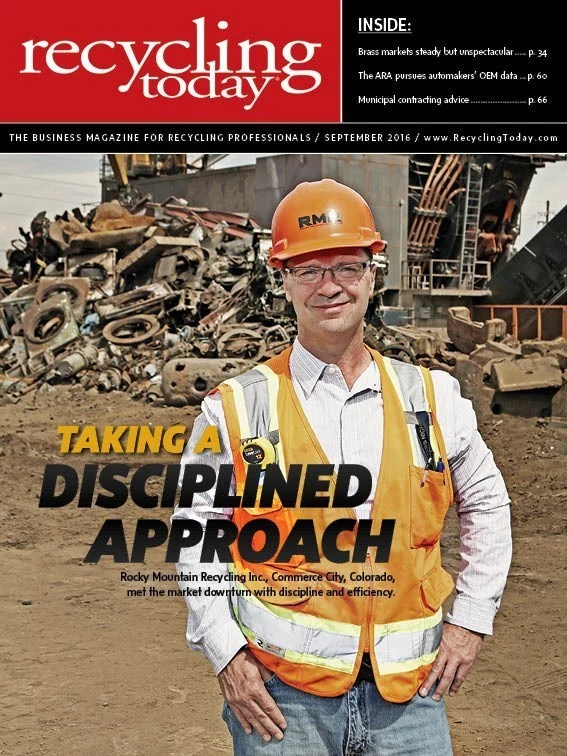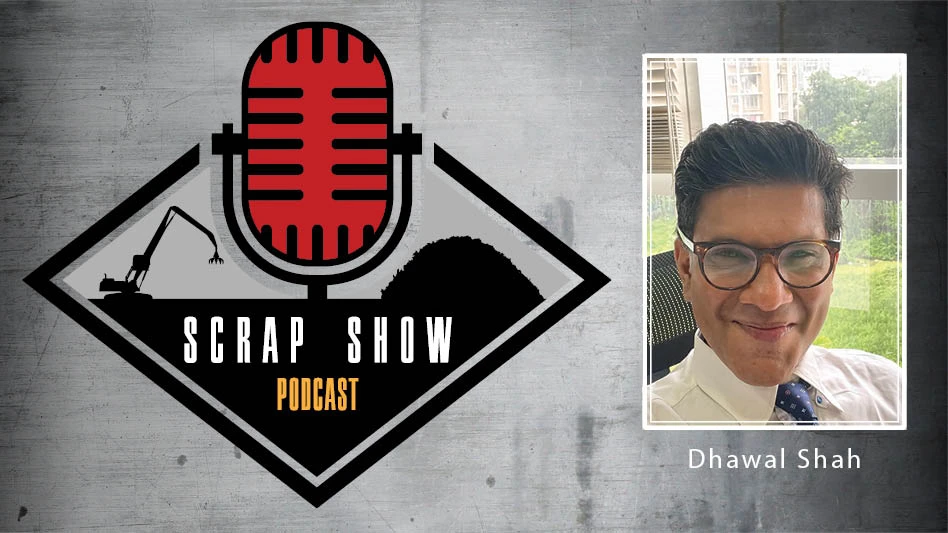For a time this summer, it looked as if nonferrous scrap metal markets would continue the steady improvements seen during the first quarter. A number of indices pointed to steady improvements in the U.S. economy, signaling better times ahead for nonferrous metals. However, the data weren’t strong enough to warrant an interest rate hike from the Federal Open Market Committee or to generate tremendous optimism about the overall economy.

Even the Brexit (Britain’s exit from the European Union) vote caused merely a minor pause in nonferrous metals markets, as copper, aluminum and nickel all showed improved fundamentals.
Unfortunately, higher prices might be coming to an end for some nonferrous metals. While demand remains decent, moving into the fall, the slowing Chinese economy and sluggish demand from Europe may lead to softer markets for many of these metals.
Stainless steel has demonstrated modest improvement in recent months, following a fairly extensive slide in pricing. According to the International Stainless Steel Forum (ISSF), Brussels, production reached 10.26 million metric tons over the first quarter of 2016, a 0.4 percent improvement from the corresponding time last year.
The Philippines’ move to curtail nickel production from illicit miners might play a role in stainless steel scrap’s movement through the rest of 2016.
China, the largest producer of stainless steel, saw production over the first quarter increase by 3.8 percent to 5.2 million metric tons relative to the first quarter of 2015. This helped offset the drop in stainless steel production in North and South America, which tumbled by 16.4 percent, and in Western Europe and Africa, which saw stainless steel production drop by 2.6 percent.
The Philippines’ move to curtail nickel production from illicit miners might play a role in stainless steel scrap’s movement through the rest of 2016. The county has been one of the key supply sources for China. However, Filipino President Rodrigo Duterte has warned illicit miners about sending unrefined or semirefined nickel ore to China, saying they must “comply with international environmental standards or shut down,” according to a report by EconomicCalendar.com.
Copper continues to bounce from the low-$2-per-pound range to as high as $2.25 per pound. Goldman Sachs says it sees a significant oversupply of copper entering the market, which will keep prices closer to the $2-per-pound level.
Germany-based copper producer Aurubis says in its third-quarter report, “We don’t see a sustainable recovery of the copper scrap markets at the moment. However, increasing metal prices could have a positive impact in this area.”
According to multiple sources, over the past year, the startup of new mines has resulted in a large oversupply of copper on the market. As production has exceeded demand over this year, inventories of copper have swelled. The London Metal Exchange (LME) has seen stockpiles of copper increase by around 40 percent from this April through June.
Aluminum markets are in moderately better shape, though prices also are trending toward the softer side.
Moving into the fall, buying appears steady for many grades of aluminum scrap, though it doesn’t appear many consumers are aggressively building up their inventories.

Explore the September 2016 Issue
Check out more from this issue and find your next story to read.
Latest from Recycling Today
- Nucor could be part of Cliffs’ next US Steel bid, say reports
- Recycled steel values rise in US
- RecycLiCo eyes research rather than new projects
- Yolo County Central Landfill celebrates mattress recycling milestone
- University researchers create ‘low-cost’ plastic recycling method
- Biden administration delays enforcement of order blocking Nippon Steel, US Steel transaction
- Singapore researchers develop flame retardant removal process
- Getting mixed results





